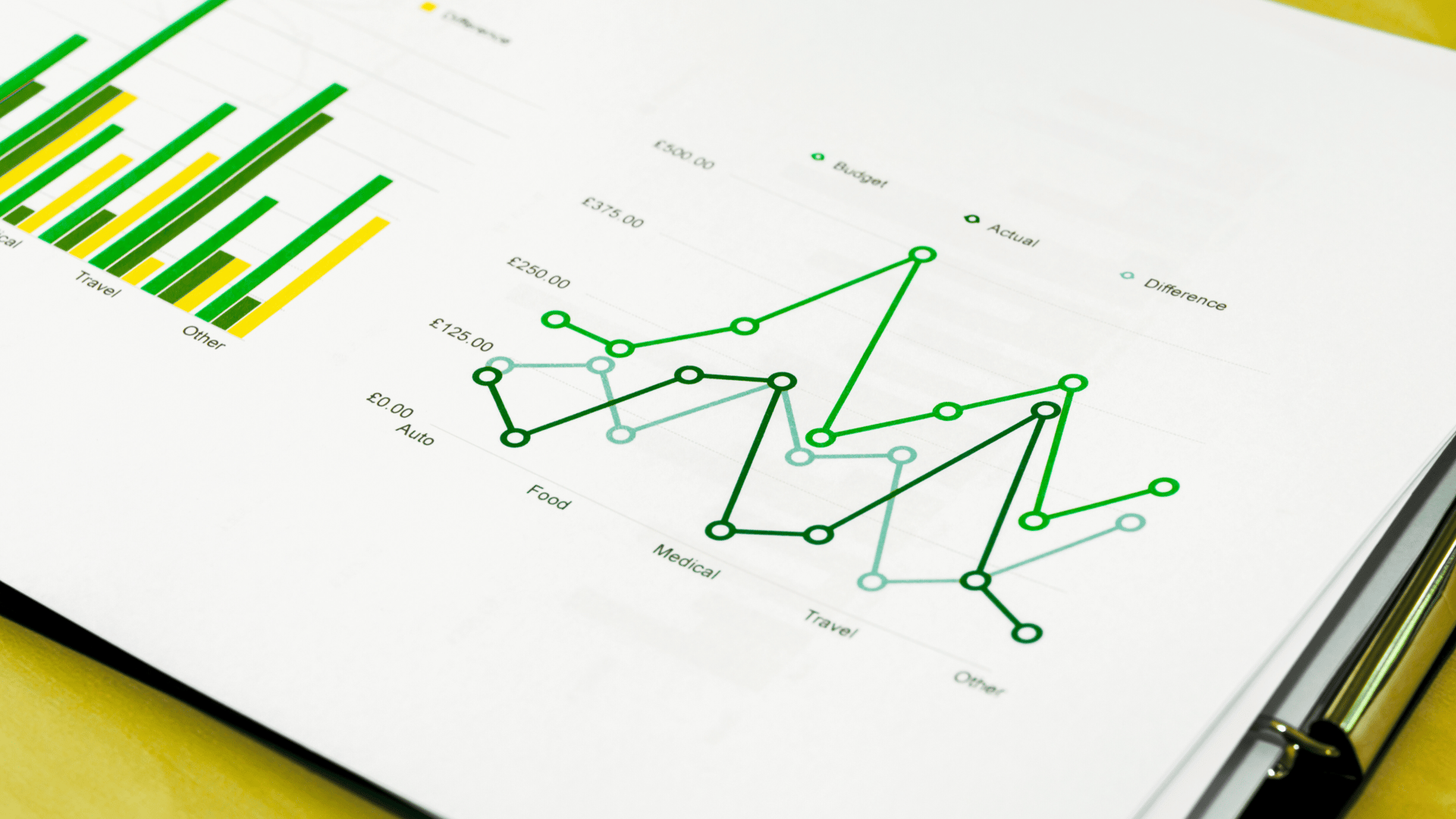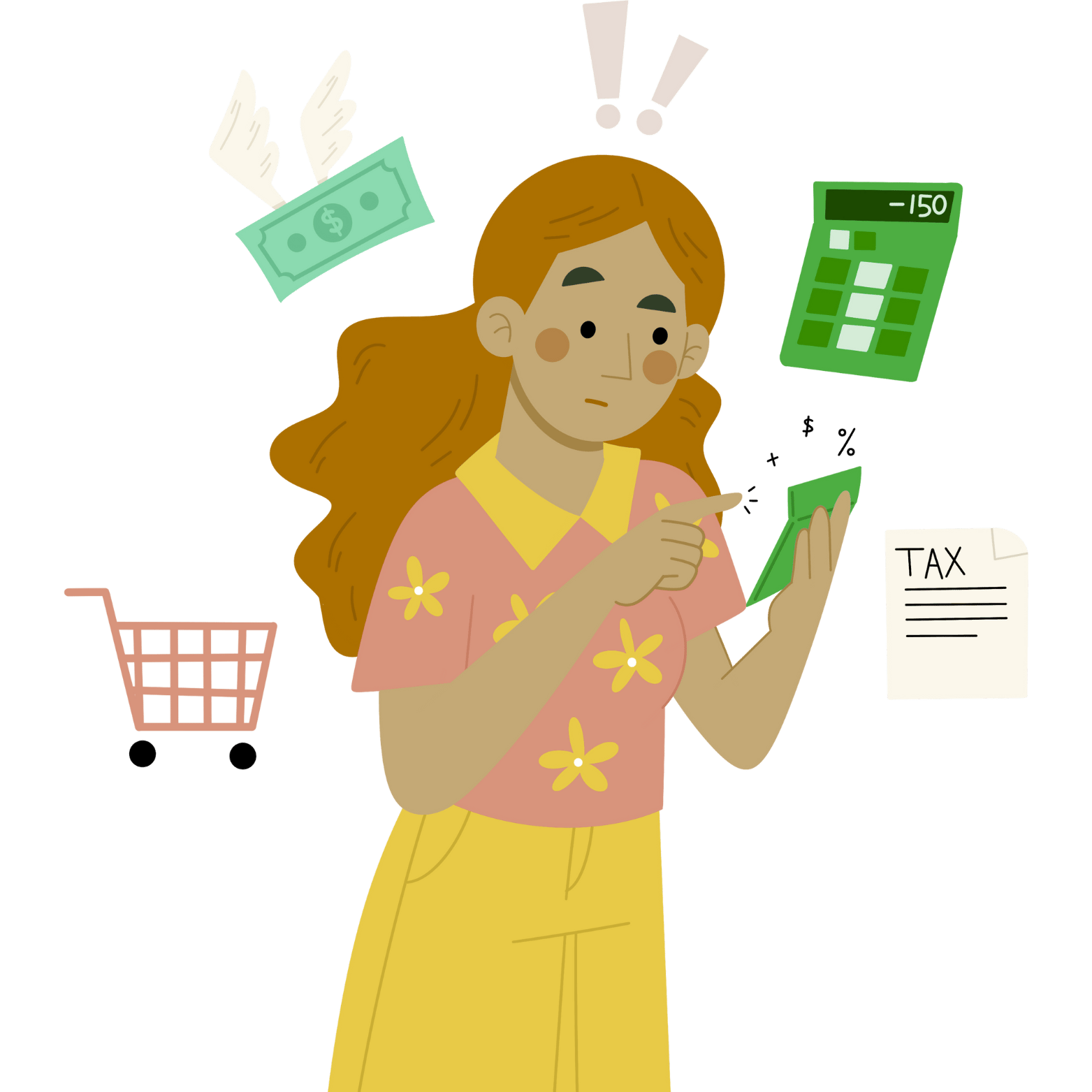- Learn Some Cents
- Posts
- Your Money Map Revealed
Your Money Map Revealed
Categorize Your Spending!

If you took on last week's mission to simply track your money, you've already started drawing your personal "Money Map." Now, it's time for the exciting part: taking a closer look at that map to see where your money really went, and uncover where you can start making a impact on your finances.
We're moving from just observing to understanding your spending patterns – the crucial step before you can even think about building a budget that truly works for you.
Your Budgeting Action: Categorize Your Spending
Now that you've tracked your spending for a week, it's time to give those transactions a job. This helps you see patterns and identify your biggest money flows.
Gather Your Data: Pull up your notes, app summary, or bank statements from your recent spending.
Create Simple Categories: Don't overthink it! Group your spending into broad, easy-to-understand categories (unless you want to go all out on categories, then go for it). Think about where your money had to go versus where you chose for it to go.
Needs: (e.g., Rent/Mortgage, Utilities, Groceries, Transportation, Insurance, Debt Minimums)
Wants: (e.g., Dining Out, Entertainment, Hobbies, Shopping, Non-essential Subscriptions)
Savings: (e.g., Emergency Fund, Specific Goals)
Debt Payments (Extra): (Any extra payments you made beyond the minimums)
Assign & Total: Go through each transaction you tracked and assign it to one of your categories. Then, add up the total spent in each category.
Example: If you spent $150 on groceries, $50 on takeout, and $30 on coffee, you'd tally them under "Groceries: $150," "Dining Out: $50," and "Coffee: $30." (You can combine "Dining Out" and "Coffee" into a single "Food Out" category if that's simpler for you!)
Why this matters: Remember this isn't about feeling guilty. Seeing your spending organized helps you quickly identify your biggest costs. You might discover you spend more on "Wants" than you thought, or less on "Needs," giving you clear insights into where you can make changes. This is where you start to see your "Freedom Zones" – areas where small adjustments can free up money for your personal goals!

When my wife and I first started creating our budget we noticed eating out cost way more than we thought it did. We set our monthly budget for restaurants for $100 a month and constantly found ourselves going over our limit every month. We never realized how much packing a lunch could save us a month! Being aware of our fast food spending has helped us be more conscious of how we spend our money, although admittedly, we still aren’t perfect at not getting fast food.
Your Hidden Savings Potential! 💰
Small changes can lead to surprisingly big money over time.
If you pack your lunch just twice a week instead of buying it (at $10-15 each time)...
You could save:
$1,300/year!
If you invested that $1,300 each year (at an estimated 7% annual return)...
In just 5 years, it could grow to:
$8,000+
Imagine what other habits could do for your financial future!
*Estimates are for illustration only and not guaranteed. Investments carry risk.
Investing Insight: Spotting your Spending Leaks
Now that you've categorized your spending, look for "leaks" – those small, frequent expenses that add up surprisingly fast (like getting take out or unused subscriptions). Identifying these "Wants" is your first step to finding money you didn't know you had. Even small leaks, once plugged, can make a big difference over time, especially once you start to begin investing.
What to do next: Ready to Begin Your Budget?
Now that you've categorized your spending, take a moment to review your totals for each category. What surprised you? Where did your money flow most?
Hold onto these insights! Next week, we'll use this newly revealed "Money Map" to start building your actual budget – a flexible plan that helps you direct your money towards your goals, rather than wondering where it went.
Keep growing your cents,